If you have products to sell online but don’t have enough budget, time, or resources to launch your own eCommerce store, no worries. You can sign up for already popular marketplaces as an eCommerce seller and start selling your products. Simple as that!
A recent statistic by U.S. Census Bureau’s Statistics of Income (SOI) shows that the majority of eCommerce sellers earn between $72,000 and $92,000 per year.
However, stepping into the world of online selling requires careful planning, strategic decision-making, and a range of essential skills.
But the most important thing that you need is your dedication. Make sure you have a solid dedication to becoming an online seller, we will take care of the rest of the things like strategy, planning, and skill sets.
In this comprehensive guide, we will provide you with expert tips and insights to help you navigate the competitive landscape and achieve your goals. From selecting the right marketplace to mastering essential marketing techniques, we will discuss everything that can set you on the path to success.
So, let’s explore the world of eCommerce and discover how you can become a successful eCommerce seller.
When and Why You Should Become an eCommerce Seller
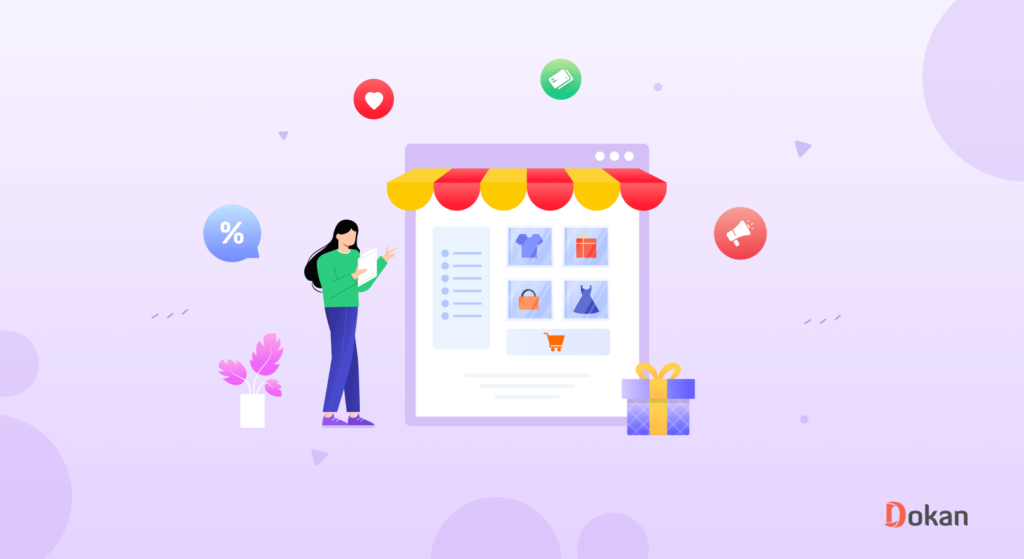
Creating an eCommerce website from scratch takes time. Also, if you are not a tech-savvy person, you will need to hire a team to develop and design your eCommerce site.
You’re not finished yet! After developing the site, you will have to apply different strategies to attract traffic to your site. Again, it’s a time-consuming task to gain traffic to a newly published website.
Yeah, you can launch paid media campaigns to get traffic to your site. But how long will you be launching paid campaigns? Regardless to say, without getting organic traffic, an eCommerce site won’t last long.
And to get organic traffic, you’ll need a team of writers. That means you have to manage another team apart from your developer and designer teams.
Long story short, if you don’t want to handle this much pressure and hassle, the easiest opportunity is for you to join a marketplace as a seller.
Let’s explore what else you will get for becoming an eCommerce seller:
a) Access to a Vast Customer Base
Marketplaces provide access to a large pool of potential customers. For instance, Amazon has over 300 million active customers worldwide. Selling on a marketplace allows sellers to tap into the existing customer base of the platform, increasing their reach and potential sales.
b) Lower Marketing Costs
According to a study, acquiring a new customer can cost five times more than retaining an existing one.
Selling on a marketplace reduces the need for extensive marketing efforts, as the platform handles advertising, driving traffic, and customer acquisition, saving sellers significant marketing costs.
c) Trust and Credibility
Marketplaces provide a sense of trust and credibility to buyers due to the platform’s established reputation and trust-building mechanisms.
According to a survey, 88% of online shoppers trust reviews and ratings from other customers.
Sellers can leverage the marketplace’s review and rating system to build trust with potential buyers, increasing the likelihood of making sales.
d) Streamlined Payment Processing
Marketplaces typically offer integrated payment processing, ensuring secure transactions for both buyers and sellers. This reduces the burden on sellers to set up their own payment systems and enables seamless transactions, resulting in a smoother buying experience.
e) Infrastructure and Support
Marketplaces provide a ready-made infrastructure for sellers, including product listing templates, inventory management systems, and customer support.
This infrastructure reduces the need for extensive technical development and support on the seller’s part, allowing them to focus on their core business operations.
f) Data Insights and Analytics
Marketplaces often provide sellers with access to data insights and analytics on customer behavior, sales trends, and product performance. Sellers can utilize this data to make informed decisions, optimize their product offerings, and identify opportunities for growth.
How to Become an eCommerce Seller- 7 Tips to Get Success

Following the right guidelines is crucial, especially, when you are a newbie. Because lots of information are circulating out there and it’s easy to be confused.
To save you from this hassle, here we are with precisely 8 proven tips to embark on the path to being an online seller:
- Sell Your Products to the Right People
- Choose a Marketplace
- List Your Products with High-Quality Images, Descriptions, and Relevant Keywords
- Come up with a Competitive Pricing Strategy
- Apply Proven Marketing Strategies
- Keep up with the Latest eCommerce Trends
- Make Sure a 24/7 Customer Service
Now let’s describe each of the points elaborately so that you can easily understand what you need to do in every phase.
1. Sell Your Products to the Right People
If you already have products to sell, you need to find your target audience to sell your products. Or, if you don’t have your own products, first, you need to find what products you want to sell.
Focus on these three points while preparing your products to sell, no matter if it’s your own product or you’re sourcing products from others to sell as an eCommerce seller.
- Market Demand: There should be an upward demand in the market for your products.
- Competition: If the market is already saturated, penetrating that market won’t benefit you. So, choose a product that has less competition and high demand. Having said that, if the competition is high, make sure your product has something unique to offer.
- Potential Profitability: Make sure your chosen product is profitable now and will be profitable in the coming days.
You can use different online tools to understand what products are popular and have a consistent demand. Here is a list of tools that you can use for doing market research:
- Google Trends
- SEMrush
- SurveyMonkey
- Hootsuite, etc.
After finalizing the products, it’s crucial to find out who you want to sell to.
By understanding your target audience, you can tailor your marketing strategies, product offerings, and overall business approach to effectively reach and engage potential customers.
Here are some key aspects to consider when researching your target audience:
- Demographics: Identify the demographic characteristics of your target audience, such as age, gender, location, income level, and occupation. This information helps you create targeted marketing campaigns and develop products that cater to their needs and preferences.
- Online Behavior: Understand how your target audience behaves online. Identify the social media platforms they use, websites they visit, and online communities they participate in. This information helps you determine the most effective channels for reaching and engaging with them.
- Pain Points and Needs: Explore the pain points, challenges, and needs of your target audience. By understanding their problems, you can develop products or services that provide effective solutions, positioning your business as a valuable and reliable resource.
- Competitor Analysis: Study your competitors and analyze their target audience. Identify gaps or underserved segments within the market that you can capitalize on. Differentiate your brand by offering unique value propositions and addressing customer pain points that your competitors may have overlooked.
- Feedback and Surveys: Engage with your existing customers or conduct surveys to gather direct feedback. This can provide insights into their preferences, satisfaction levels, and areas for improvement, helping you refine your strategies and offerings.
Remember, researching your target audience is an ongoing process. Continuously monitor market trends, consumer behavior, and changes in demographics to ensure your business stays relevant and adaptive.
2. Choose a Marketplace
Selecting the right marketplace is essential for maximizing your reach and potential sales. If you don’t want to sell products globally right now, you should sign up for a local marketplace.
Before joining the marketplace as a seller, make sure if the marketplace is worth joining or not. We are going to share a checklist to choose a marketplace in the next segment, don’t forget to check that.
And if you want to sell products globally, you can go for a marketplace that has a reputation worldwide. Here is a list of popular and reputable marketplaces that you can consider to be an eCommerce seller in that marketplace:
Related: What is a Marketplace: History, Types, Features, and More Facts You Should Know
Checklist to Choose a Marketplace for You As a Seller
You should not just randomly choose a marketplace, instead of, you should make a checklist to choose a marketplace. Here we are sharing a checklist for you:
- Customer Base: Evaluate the marketplace’s existing customer base to ensure it aligns with your target audience. A larger customer base increases your potential reach and sales opportunities.
- Brand Recognition: Consider the marketplace’s brand recognition and reputation. A well-known and trusted platform can attract more customers and provide a sense of credibility to your brand.
- Track Record of Success: Research the marketplace’s track record of success. Look for indicators such as growth rate, market share, and success stories from other sellers to gauge the platform’s potential for your business.
- Platform’s Policy: Review the marketplace’s policies and terms to ensure they align with your business practices. Pay attention to factors like fees, return policies, shipping requirements, and any exclusivity agreements.
- Seller Support: Assess the level of support provided to sellers by the marketplace. Look for resources, tutorials, and responsive customer service that can assist you with onboarding, listing optimization, and resolving issues.
- Customer Demographics: Research the marketplace’s customer demographics to ensure they align with your product’s target market. Consider factors like age, gender, location, and interests to determine if your products are a good fit.
- Reviews and Ratings: Look for feedback and ratings from other sellers on the platform. Positive reviews and ratings indicate a good seller experience and customer satisfaction, while negative reviews may raise red flags.
By choosing a reputable marketplace, you gain access to a broader customer base and benefit from the platform’s credibility.
3. List Your Products with High-Quality Images, Descriptions, and Relevant Keywords
When listing your products, it’s important to invest time and effort into creating compelling product listings. Use high-quality product images from multiple angles to showcase your products effectively.
Write detailed and accurate product descriptions that highlight the features, benefits, and unique selling points. Optimize your listings with relevant keywords to improve visibility in search results and attract potential buyers.
You can take help from an SEO tool to find out the proper keywords for your products. Keywords tools like Ahrefs, Rank Math, SEMRush, or Yoast can help you in this regard.
4. Come up with a Competitive Pricing Strategy
Setting the right price for your products is crucial for attracting customers and maximizing profits. These are the three considerations to come up with a competitive pricing strategy:
- Production costs
- Competitor pricing, and
- Market demand.
Conduct competitor research to understand the pricing landscape and determine how you can position yourself competitively. Depending on your strategy, you can opt for slightly lower, comparable, or higher pricing than your competitors.
Also, you should offer discounts, bundle deals, or free shipping promotions to incentivize customers.
Last but not least, don’t forget to regularly evaluate and adjust your pricing strategy based on market dynamics and customer response to stick to the race with your competitors.
5. Apply Proven Marketing Strategies
To stand out in the competitive eCommerce space, effective marketing is essential. Utilize various marketing strategies to promote your products and drive traffic to your listings.
- Social Media Marketing: Leverage social media marketing by creating engaging content, running targeted ads, and collaborating with influencers or brand ambassadors.
- Email Marketing: Utilize email marketing to build a subscriber list and nurture customer relationships through personalized campaigns.
- Content Marketing: Implement content marketing through blog posts, videos, or podcasts to educate and engage with your target audience.
- Paid Marketing: Paid advertising, such as Google Ads or social media ads, can also help generate awareness and drive traffic to your listings.
Experiment with different marketing channels to find the most effective ones for your business.
6. Keep up with the Latest eCommerce Trends
The eCommerce landscape is constantly evolving, and staying updated with the latest trends is vital for long-term success. Stay informed about emerging technologies, customer preferences, and industry developments.
Follow relevant eCommerce blogs, attend webinars or industry conferences, and join eCommerce communities to network with other sellers.
Also, keep an eye on changing consumer behavior, such as the rise of mobile shopping or the impact of sustainability to cope with the latest eCommerce trend.
Adapt your strategies and offerings to align with the evolving needs and expectations of your target audience. You can differentiate yourself from competitors and capture new opportunities by staying ahead of the curve.
7. Make Sure a 24/7 Customer Service
Excellent customer service is key to building trust, loyalty, and repeat business. Here is a list of tasks that you can perform to ensure 24/7 customer service:
- Provide Comprehensive Product Information: Create detailed and accurate product descriptions, including specifications, images, and frequently asked questions. Anticipate customer queries and address them proactively in your listings.
- Promptly Respond to Inquiries: Monitor your marketplace account regularly for customer inquiries and respond promptly. Aim to provide initial responses within a few hours or less, even if it’s just to acknowledge the inquiry and inform the customer that you’re working on a solution.
- Utilize Marketplace-Provided Tools: Many multivendor marketplaces offer customer service tools, such as messaging systems or ticketing systems, to facilitate communication between sellers and customers. Make use of these tools to manage customer inquiries effectively.
- Offer Multiple Contact Channels: Provide multiple contact options for customers to reach you, such as email, messaging within the marketplace platform, or direct phone support if available. Ensure the contact information is easily visible on your seller profile or within your listings.
By promptly addressing customer inquiries, providing accurate information, and offering support through multiple channels, you can enhance the overall shopping experience and build customer loyalty.
Bonus: Skills You Need to Be a Successful eCommerce Seller

To be a successful eCommerce seller, there are several skills that you should develop and hone. These skills will help you navigate the dynamic and competitive eCommerce landscape. Here are some essential skills for eCommerce success:
- Business and Market Awareness: Understand fundamental business concepts such as target market analysis, competitive analysis, pricing strategies, and marketing principles. Stay updated on eCommerce trends, emerging technologies, and industry news to make informed business decisions.
- Product Selection and Sourcing: Develop the ability to identify profitable product niches, conduct market research, and source high-quality products. Understand the importance of product differentiation, product quality, and identifying unique selling points to stand out from competitors.
- Digital Marketing: Familiarize yourself with digital marketing strategies such as search engine optimization (SEO), social media marketing, email marketing, content marketing, and paid advertising. Learn how to create compelling product listings, optimize content for search engines, and drive targeted traffic to your online store.
- Customer Service and Relationship Management: Prioritize customer satisfaction by offering excellent customer service and effective communication. Develop skills in handling inquiries, resolving customer issues, and building long-term customer relationships. Actively seek and respond to customer feedback to continuously improve your business.
- Data Analysis and Interpretation: Gain proficiency in analyzing eCommerce data, such as sales reports, website analytics, and customer behavior metrics. Learn how to interpret data insights, identify trends, and make data-driven decisions to optimize your eCommerce strategies.
- Analytical Thinking and Problem-Solving: Develop strong analytical and problem-solving skills to identify challenges, find solutions, and make strategic decisions. Learn how to troubleshoot technical issues, address customer complaints, and overcome obstacles that arise in your eCommerce journey.
By developing these skills and continuously refining them, you can enhance your chances of success as an eCommerce seller. Remember that mastery of these skills often comes through practice, experience, and a willingness to learn from both successes and failures.
Choose a Marketplace, Become an eCommerce Seller, and Apply Our Tips to Get Success
Now you know how to become an eCommerce seller. Was this tough? Certainly not!
But yeah, it will take some time to become successful in this field. Since every day new players are coming to the competition, you have to be very strategic to succeed.
And here we go! Apply these 8 tips that we have shared in this blog to stay ahead of your competitors.
If you are still confused about any of the points from this blog or have any questions, you can let us know in the comment box below. We would love to hear your thoughts. Take care!
Subscribe to
Dokan blog
We send weekly newsletters, no spam for sure!


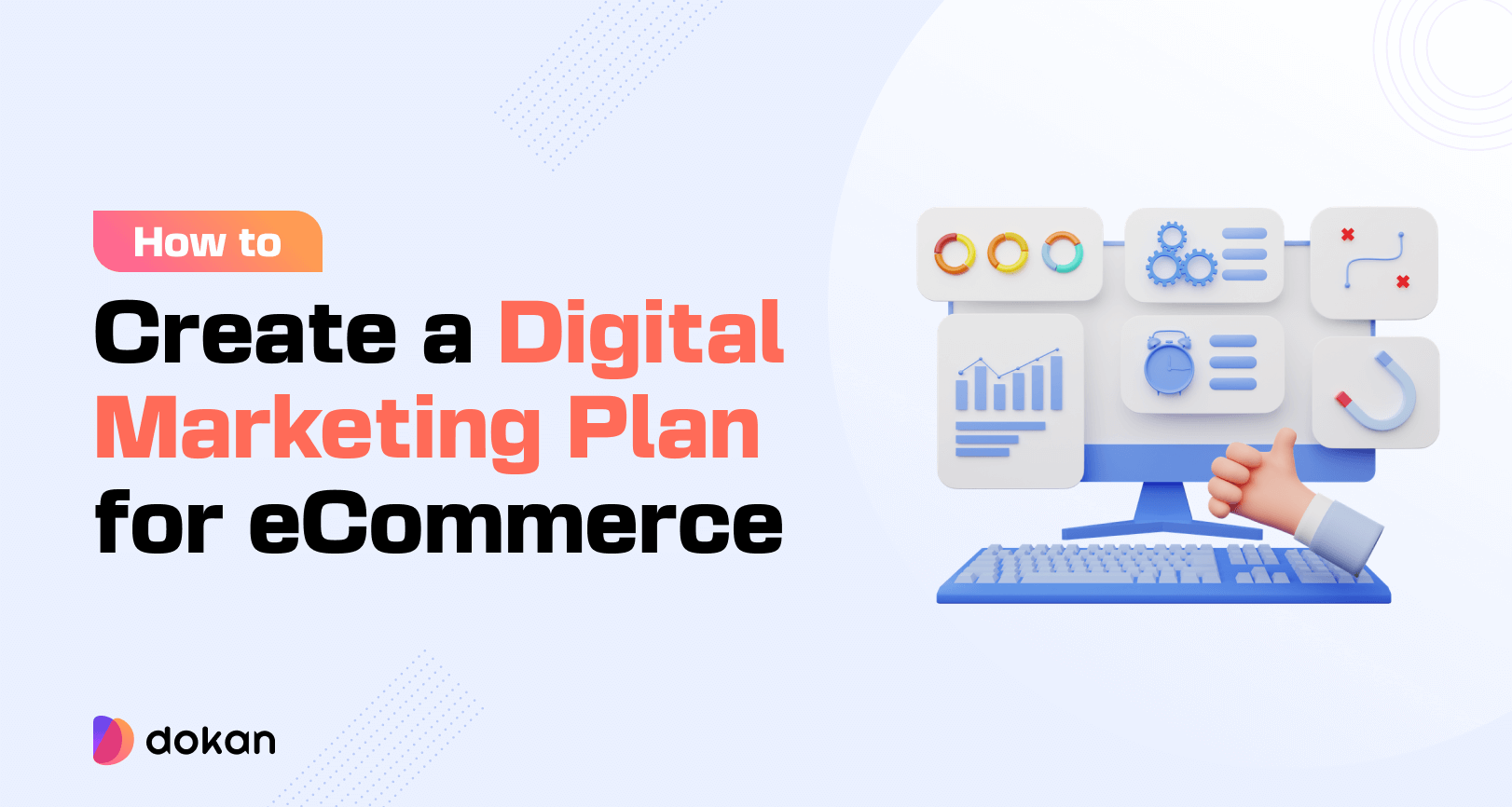
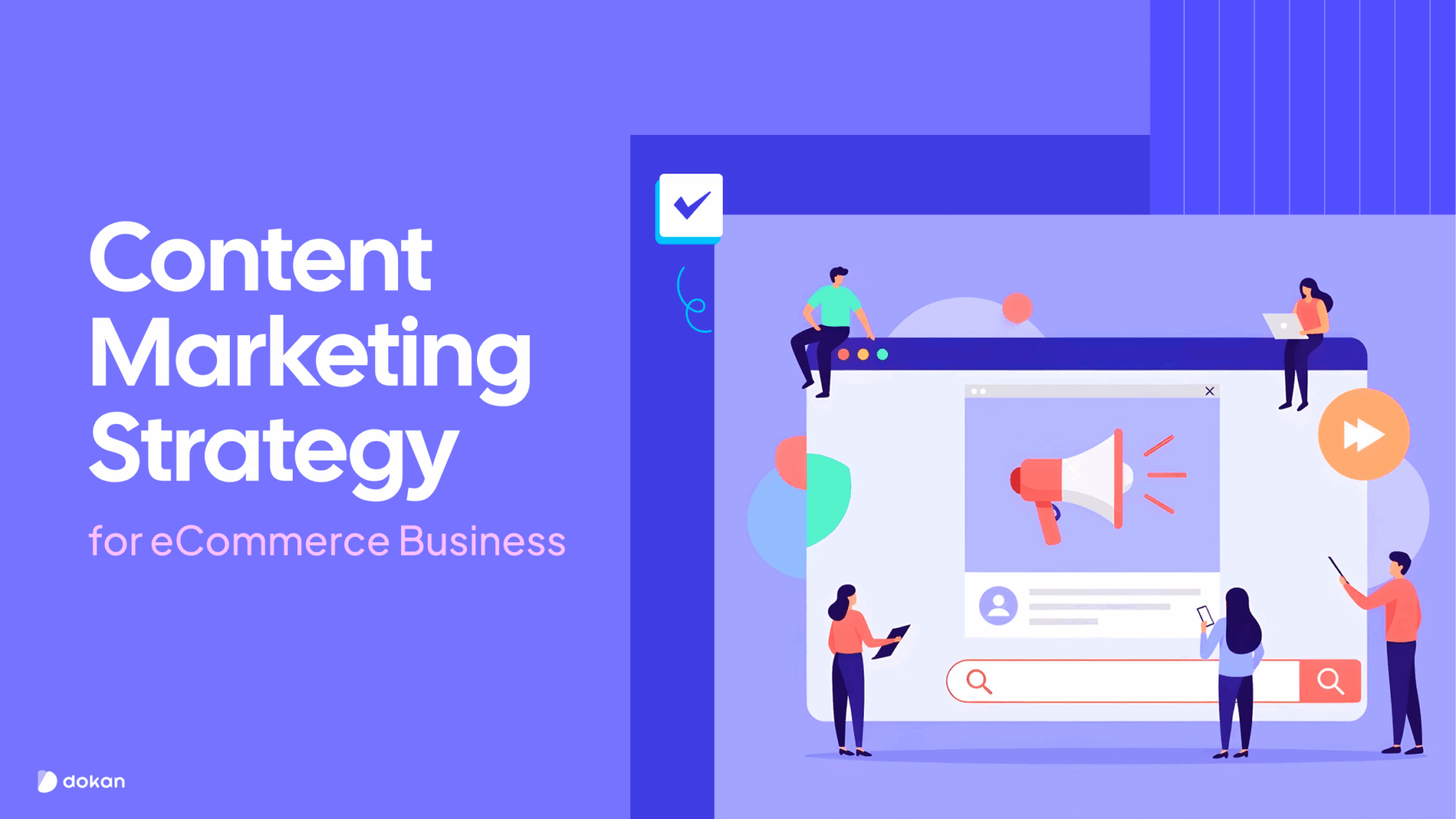
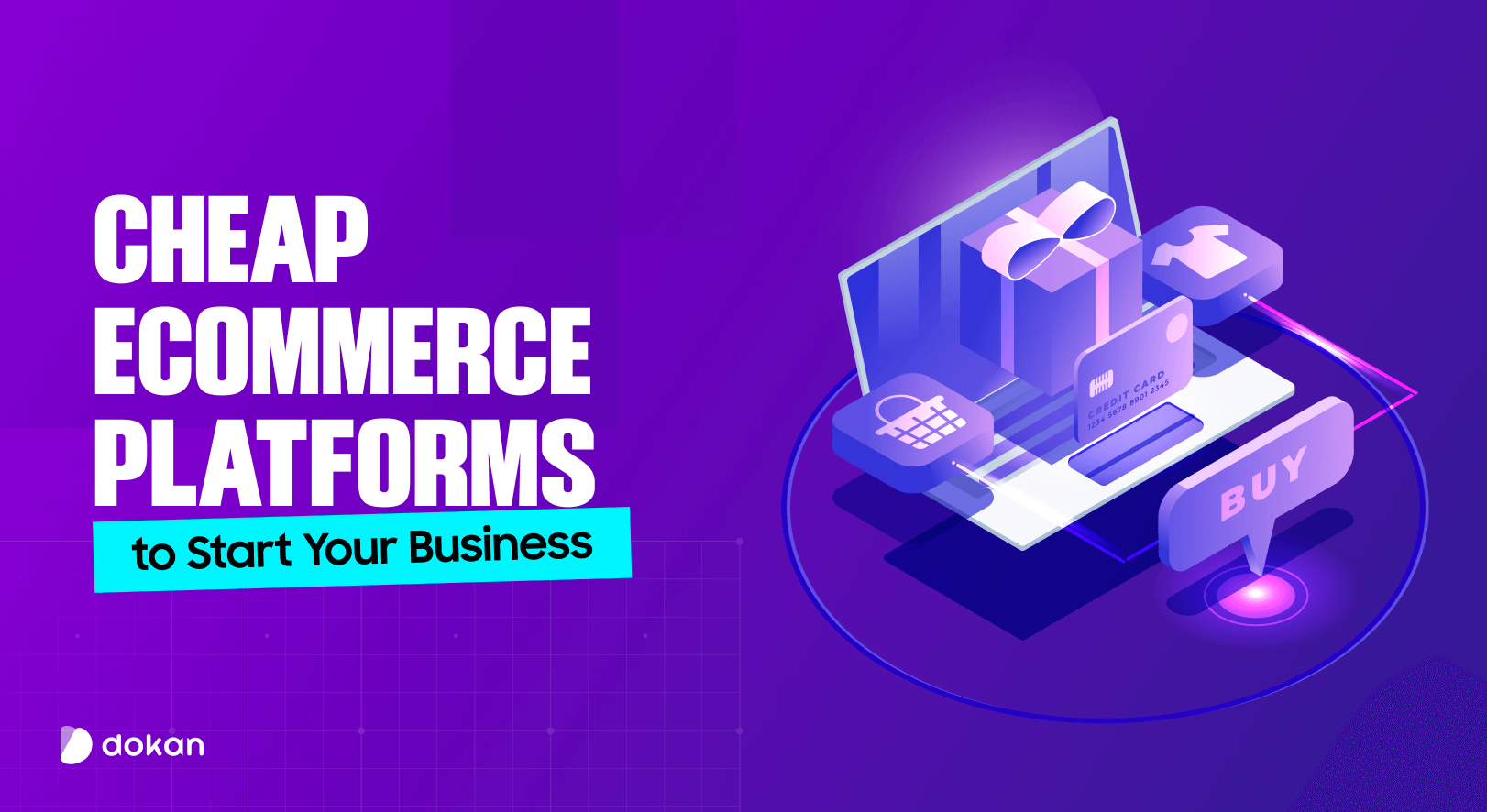
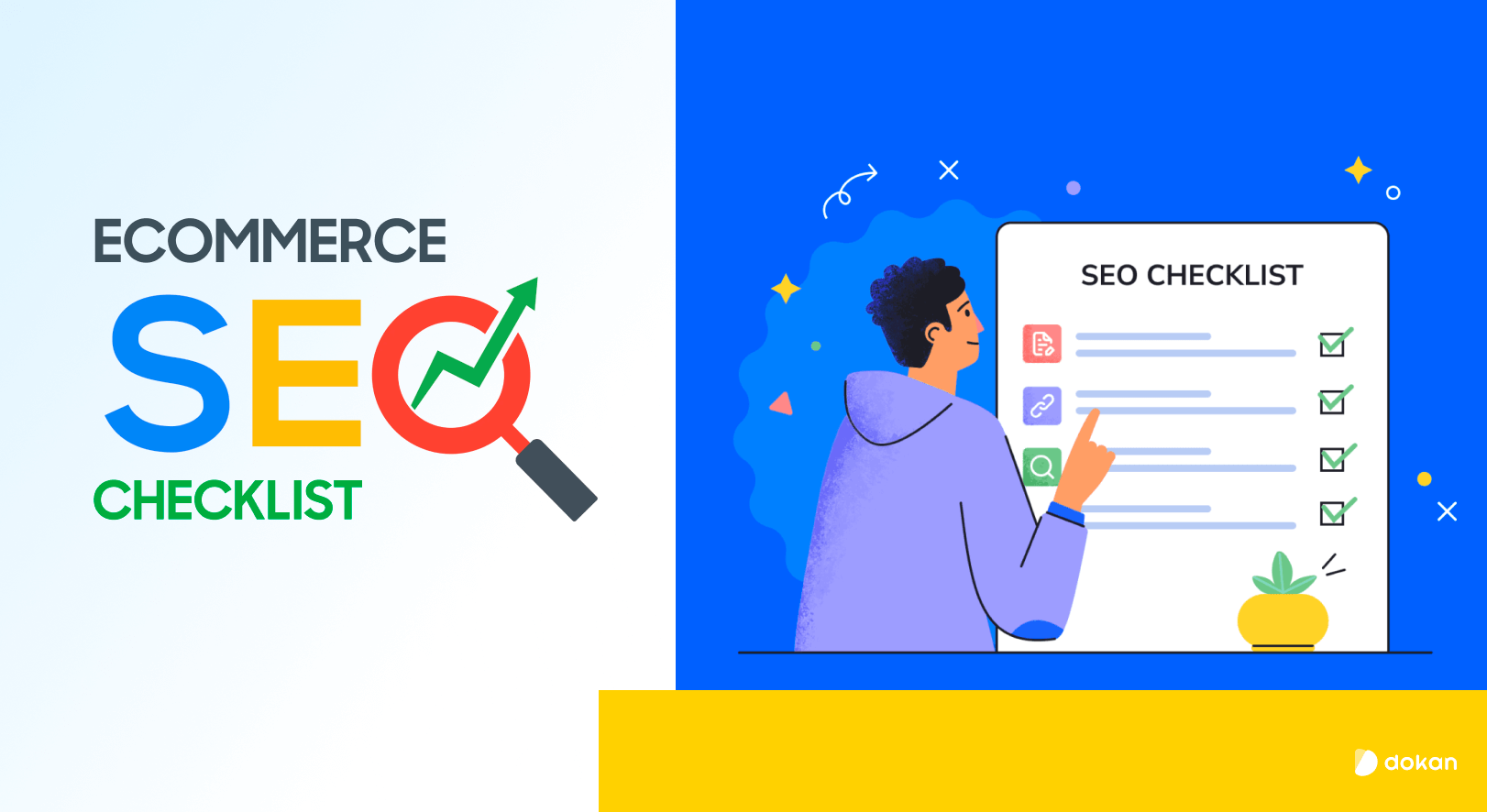

Leave a Reply